Home » Orthopedic Surgeon Services » General Orthopedics » Base Thumb Carpometacarpal CMC Arthritis
Base Thumb Carpometacarpal CMC Arthritis
Arizona Orthopedic Surgery Solutions for Base Thumb Carpometacarpal CMC Arthritis
What is Base Thumb Carpometacarpal CMC Arthritis
Thumb arthritis develops with age and is caused by worn cartilage on both sides of the thumb’s base joint, referred to as the carpometacarpal (CMC) joint. Most notably, thumb arthritis causes inflammation, pain, a weakened thumb, and limited range of motion, making day-to-day life activities challenging, such as gripping a pencil or holding a steering wheel.
Base Thumb Carpometacarpal CMC Arthritis Diagnosis
Once the pain makes it impossible for an individual to go about their daily life, consulting one’s doctor is necessary. Following a conversation about personal and hereditary health history, a physical examination will be conducted to analyze the severity of the pain and arthritis. A medical professional will manipulate the thumb with motions and exercises to figure out how what specifically agitates the joint. An x-ray can be used to verify the doctor’s physical examination and make sure there isn’t another ailment in the thumb, such as a fracture or tear.
Base Thumb Carpometacarpal CMC Arthritis Treatment
Depending on the level of arthritis and how quickly it progresses, there are several nonsurgical treatment options. Arthritis generally gets worse with time, however symptoms don’t always increase in severity and some people see a reduction of symptoms in time. After consulting one’s primary care physician, applied heat is recommended to promote blood circulation while applied ice will reduce swelling. Nonsteroidal anti-inflammatories can be taken to relieve pain while splints and braces will immobilize and keep the thumb in position to avoid painful motions. Exercises, stretches, and physical therapy can maintain and improve flexibility and range of motion in the joint. Being mindful of posture and making ergonomic corrections can slow the advancement of arthritis. Keeping a list of what activities agitate the arthritis will make it easier to know what activities and motions not to perform. In more severe cases, Cortisone and other steroid injections can be used to alleviate pain in the joint. After nonsurgical treatment fails in significantly symptomatic patients, a physician may recommend operating. Sometimes, cutting and removing part of or the entirety of the trapezium, known as an osteotomy, can be done. With the bone removed, artificial support is put in place to assist the thumb joint. Fusion surgery, known as arthrodesis, can be performed as well. This is where the damaged joint cartilage is taken out and two (or more) bones are positioned together with screws, rods, pins, and/or plates to become one bone, effectively ridding the body of the painful joint.


